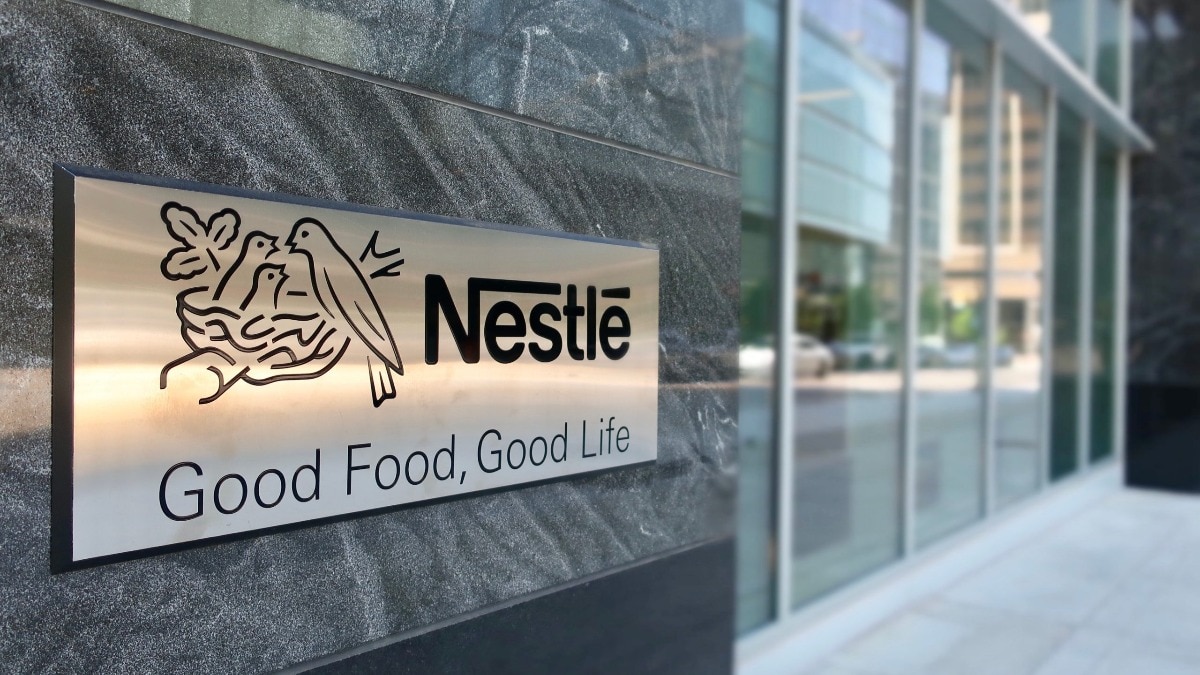Nestle USA has announced that it will do away with synthetic food colours completely from its food and beverage items. “Today, Nestle USA is sharing its timeline to fully eliminate FD&C colours in its US food and beverage portfolio by mid-2026,” it said.
The company said it has been removing synthetic colours from its products and working to identify alternative solutions in recipes for the last decade. “The work is scheduled to be completed within the next 12 months,” it added, stating that the effort was to create a range of high-quality, nutritious foods and beverages.
Marty Thompson, CEO of Nestle USA said that the company aims to evolve with the evolving choices of its consumers. “Whether it’s an easy and nutritious family meal, an occasional snack, or a satisfying cup of coffee, we are always looking for different ways to offer great tasting, compelling choices for our consumers. As their diverse dietary preferences and nutritional needs evolve, we evolve with them.”
Nestle that sells an assortment of items in India, including milk, chocolates, ketchups, noodles etc, is yet to bring about a similar change in India. It begs the question, when and if Nestle will bring about the same quality changes in the products offered in India. Will it offer the same dietary choices as the preferences of consumers in India change over time?
Companies like Nestle add food colour because off-colour foods are generally considered inferior in quality, and the colour of food can also influence how its flavour is perceived
Food colours are of two types: natural and synthetic. Natural colours are derived entirely from plants, and usually appear less vibrant. Natural food colours come from various sources such as seeds, fruits, vegetables, algae, and insects. Examples include grass, beetroot, and turmeric. Nestle said it derives red, blue, and violet colours from anthocyanins found in beetroots, raspberries, and red cabbages, green from chlorophyll, and yellow, orange and red colours come from carotenoids found in apricots, carrots, and tomatoes.
Synthetic food colours or artificial colours, are made through chemical reactions and include tartrazine, sunset yellow, amaranth, allura red, quinoline yellow, brilliant blue, and indigo carmine. Certified synthetic colours remain popular as they are less expensive and provide intense, uniform colour. They also blend easily to create various hues.
Nestle said in its website that the use of synthetic colours is gradually decreasing in India but the shift to natural colours is slow due to their higher cost.
However, it added, the key thing is to meet the desired specifications of the Food Safety and Standards Authority of India (FSSAI), the Indian regulatory body for ensuring food safety. The FSSAI has a set of regulations for food colours in different foods that a company is required to meet. Nestle said that even with a tilt towards natural products, the specifications of FSSAI must be met.







